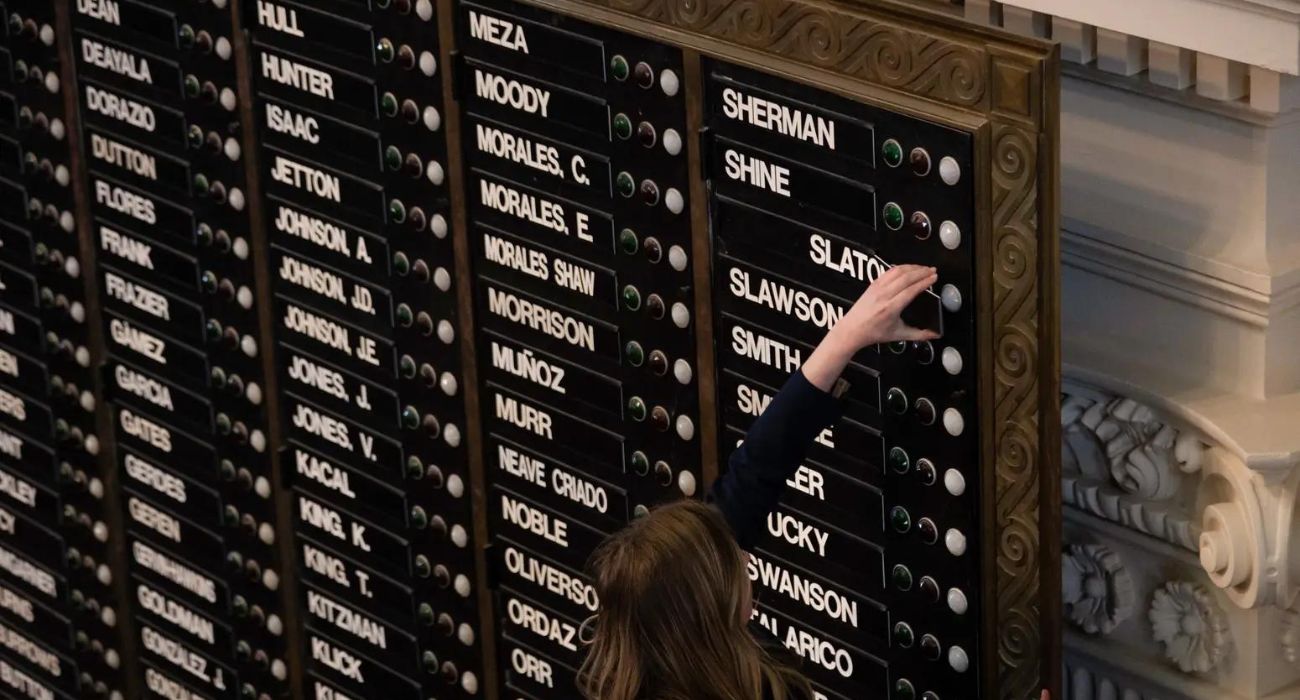The nonprofit organization Truth in Accounting released its annual Financial State of the Cities report at the end of January, detailing a comprehensive analysis of the financial situations of the seventy-five most populous cities in the U.S.
Truth in Accounting’s stated mission is to educate and empower citizens with understandable, reliable, and transparent government financial information.
The report’s findings for this year showed that sixty-one of the cities analyzed are in debt, including the six most populous Texas cities: Dallas, Fort Worth, Houston, Austin, San Antonio, and El Paso.
These six cities’ debt combined equals roughly $22 billion, or 9% of the entire state’s $248 billion budget.
“Despite receiving federal assistance from the CARES Act and other COVID-19 related grants, the majority of cities’ finances worsened,” the report reads. “Total debt among the 75 largest U.S. cities amounted to $357 billion at the end of the fiscal year 2020 (June 1, 2019, through June 30, 2020), which was $23.5 billion worse than the last fiscal year.”
The report labels cities in debt as “Sinkhole Cities.” Taking the city’s total debt and dividing it by the estimated number of taxpayers in the city, the report enumerates the hypothetical average burden that each taxpayer would have to contribute if the entire debt were to be paid off.
The cities are then ranked, No.1 being the city with the largest surplus and No.75 being the city with the most debt.
Dallas ranks as the 58th worst, with $5 billion in debt and an average burden of around $12,700 per taxpayer. Fort Worth was ranked 52nd, with $2.5 billion owed in debt and an average burden of approximately $9,300 per taxpayer.
The report states that both Dallas and Fort Worth’s most considerable debts are “from unfunded retirement obligations that have accumulated over the years.”
According to the report, Dallas has set aside only 55 cents for every dollar of promised pension benefits and no money for promised retiree health care benefits, while Fort Worth has set aside 50 cents for every dollar of promised pension benefits and eight cents for every dollar pledged for retiree health care benefits.
It is worth noting that two Texas cities were labeled “Sunshine Cities,” a title the report bestows upon cities that “have enough money to pay their bills.” Plano was ranked as the fourth-best city in the U.S. with a $233.2 million surplus, while Corpus Christ was ranked 11th with a surplus of $72.9 million.
Texans for Fiscal Responsibility (TFR), an independent educational non-profit that advocates for reforms to benefit taxpayers, responded to the State of the Cities report.
“Texas taxpayers can never hope to achieve victories on things like eliminating property taxes that depend on things like cutting spending when there are such egregious budgeting shortfalls from our biggest cities,” said Tim Hardin, president and CEO of TFR.
The website encourages readers to vote and use the organization’s “Fiscal Responsibility Index” as a tool to see how fiscally responsible each state lawmaker is.
In a written statement provided to The Dallas Express, Catherine Cuellar, the Director of Communications, Outreach, and Marketing for the City of Dallas, said sometimes cities have reasonable justifications for taking on debt, explaining there are “three primary reasons” the city does so:
“Large equipment and infrastructure projects cost significant amounts of money, sometimes tens of millions of dollars or more,” Cuellar wrote. “The City does not have cash in the bank to pay for those types of projects, so financing the project by issuing debt is a prudent alternative.”
That scenario is similar to when a person takes on debt to finance a home or vehicle.
Cuellar says that financing debt also “allows the City to spread the cost over several years, typically 20 years.” According to Cuellar, that enables the city to break down payments for large projects into annual installments so lawmakers can budget accordingly.
“This is preferred to having to raise taxes a significant amount to build a particular project and then lowering the taxes the next year,” Cuellar wrote. [This way] “we are able to keep the tax rate relatively flat or stable over time.”
Also, by financing large projects over 20 years, the city “ensures that the expense is paid over the life of the asset,” Cuellar says, so that taxpayers “are benefiting from the infrastructure improvement.”






